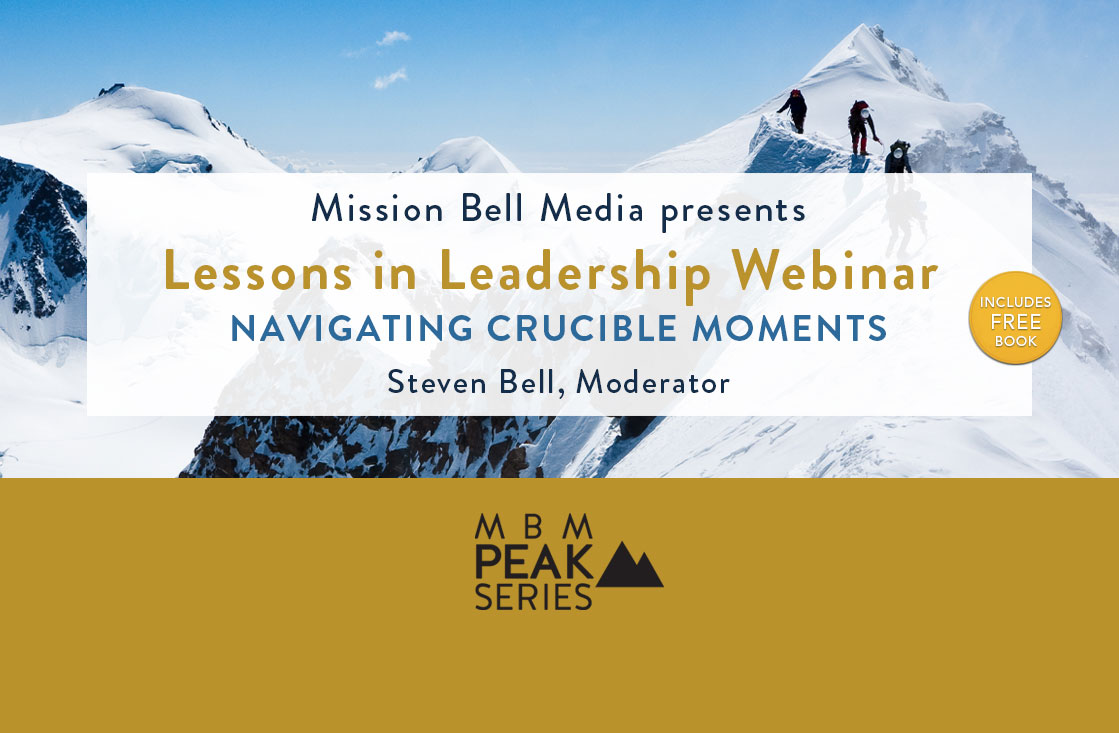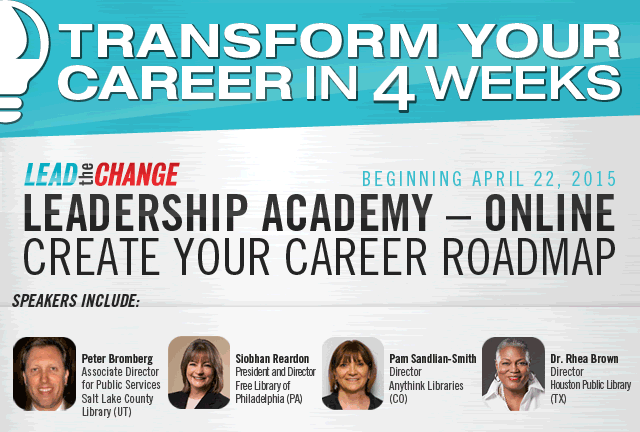Note: Originally published for ALALearning Blog
Good webinars don’t just happen. Beyond having a relevant topic and a great presenter, there are a number factors that affect the end result. Whether you are scheduling and producing webinars, or creating and presenting them, these tips will help you deliver a great webinar experience for everyone.
-
- Write for the medium: Regardless of the webinar platform you use, tailor the lesson plan to the webinar environment. Most webinars consist of an audio feed, a chat space, and a space that allows the presenter to share a slideshow, and possibly share their desktop or a whiteboard. The webinar environment doesn’t allow for the useful visual cues that body language and eye contact provide in a f2f environment, and may not even provide audio feedback for the presenter. For these reasons, well-designed lessons that work like a charm in a f2f environment might fail to engage the audience and hold their attention in a webinar environment.You can mitigate these issues and engage the audience by building in more questions, and taking advantage of whatever interactive features are offered in your platform. Does your platform offer polling? Use it! Shared whiteboard? Use it! Hand-raising or yes/no capability for participants? Use them!!MORE INTERACTIONI like to start webinars by posting a map of the state (or country) and asking participants to use the arrow tool in Wimba to point to where they are on the map. This communicates to the participants early on that the webinar will not be a passive experience for them–they are going to be involved. I also work with trainers/presenters to build in slides/questions that can be drawn on (literally) during the webinar, and encourage presenters to include these types of interactive activities throughout the presentation. At minimum, plan on using more questions, and using them early, to mentally engage participants and create the expectation that they will not be passive observers.
–
- Know your platform: There are many good webinar platforms out there including Acrobat Connect Pro, iLInc, Elluminate, Wimba, WebEx, DimDim, and GoToWebinar. Each platform has its own benefits and its own limitations. You wouldn’t go into a f2f training without knowing the room layout and the availability of training tools such as chartpads, markers, laptop, AV, projectors, screen, etc., so don’t go into your webinar environment without knowing the layout, the tools available, and how to use them. Most webinar platforms offer some great screen-shot heavy help files and/or recorded screencasts you can use to learn the layout and the tools. Find them. Use them. Once you know your platform…
—
- Test, Test Test: The most common reason a webinar tanks is technology failure. Wait, let me rephrase that. The failure is not the technology, but the failure of the webinar producer, presenter, and participants to account for the platform’s limitations, and prepare and test their computers. Each platform has it’s own requirements regarding browsers, operating systems, necessary bandwidth, and downloads/plugins recommended or required. Each platform generally offers a simple link that can be clicked to setup/test the user’s computer. Every person involved in the webinar must click the setup link prior to the webinar and make certain their computer is set up, tested, and ready to go. Send this information out early and often to the participants. And make sure the presenter has tested/setup the computer they will be presenting from, and make sure it is a wired, not wireless, connection.Let everyone know the preferred method of audio participation. Nothing beats a good noise-canceling headset. (I love my Logitech Premium Notebook Headset.) If you’re offering dial-in access, send/post the number/PIN. If participants are going to use laptop or desktop speakers, make sure they know to mute their microphones! Nothing ruins a webinar faster than feedback (which is why you also need to know how to mute participants individually or en masse–it’s a lifesaver.)
—
- Practice, Practice, Practice Whether you are the webinar producer, presenter, or both (not recommended), it is imperative that you log some practice time in the webinar environment. I highly recommend that there is at least one “producer” in the webinar (i.e. someone other than the presenter who knows the webinar platform cold.) The more experienced the producer, the less time the presenter has to practice–but the presenter ALWAYS has to practice. At minimum, the presenter should know how to advance slides (if using them), and how to log out and log back in again, in case of a network interruption. Desktop/application sharing, a vital part of some webinars, adds a higher level of complication, and usually requires the presenter to master the application sharing mechanism–something that is not always simple or intuitive. The producer needs to know everything else: How to advance slides, how to mute participants, how to expand/limit control of various room features (whiteboards, control of microphone, etc.), how to toggle between various features (polls, whiteboards, slides.)
—
- THE ACTUAL EVENT: So, the presenter has written a great lesson, you’ve learned your platform inside and out, everything has been setup and tested. Now there’s just the little matter of actually having the webinar! Here are a few tips that I’ve found will greatly reduce problems and add to the overall quality on the day of the event:–
- Arrive early: Both the presenter and producer should arrive at least 15 minutes early to get logged in and do a final test to make sure the technology is working, and do one final review of the tools/features to be used.
- Webinar Environment Review: Before the presenter begins the lesson/presentation, spend five minutes doing a brief review of the webinar environment with participants. Walk them through playing with the features that they will be using during the webinar (writing tools, pointing tools, etc.
- Have a wingman (or woman): In webinar parlance, the wingman is the the producer’s assistant. The wingman ideally knows the webinar platform inside and out, and is available to help participants with any tech/audio issues, and keep an eye on chat for questions or problems.
- Recording: Yeah, it’s a newbie mistake, but it happens to everyone. Don’t forget to hit “record”! (I put this right into my script in 24 point bold type. But then again, I need notes to myself to remember to leave the house with my pants on in the morning. Whatever works for you.)
- Take notes during the webinar: During the course of the webinar many useful resources and/or URL’s may be mentioned by the presenter or by the participants in chat. It’s a great value-added service if you can capture these resources and post them with the recording and other handouts (i.e. the presenter’s slideshow, supporting documents) after the webinar.
- Save the chat: Before logging out, copy and paste everything in the chat into a word document and save that document… Besides being a good backup for the recording, having a text copy of the chat to share with the webinar participants after the webinar can help them quickly find useful pieces of information that may have been shared in chat. I treat the chat transcript as semi-confidential and I don’t post it–but depending on the webinar I will send copies directly to those who participated.
- Extend the Learning. Post the recording, notes, handouts: Finally, spend some time in post-production (the specifics vary with each webinar platform) and get the recording posted to a website along with related documents and the presenter’s presentation, if available.
I hope you find these five tips useful in creating or presenting your webinars. Let us know what works for you!



